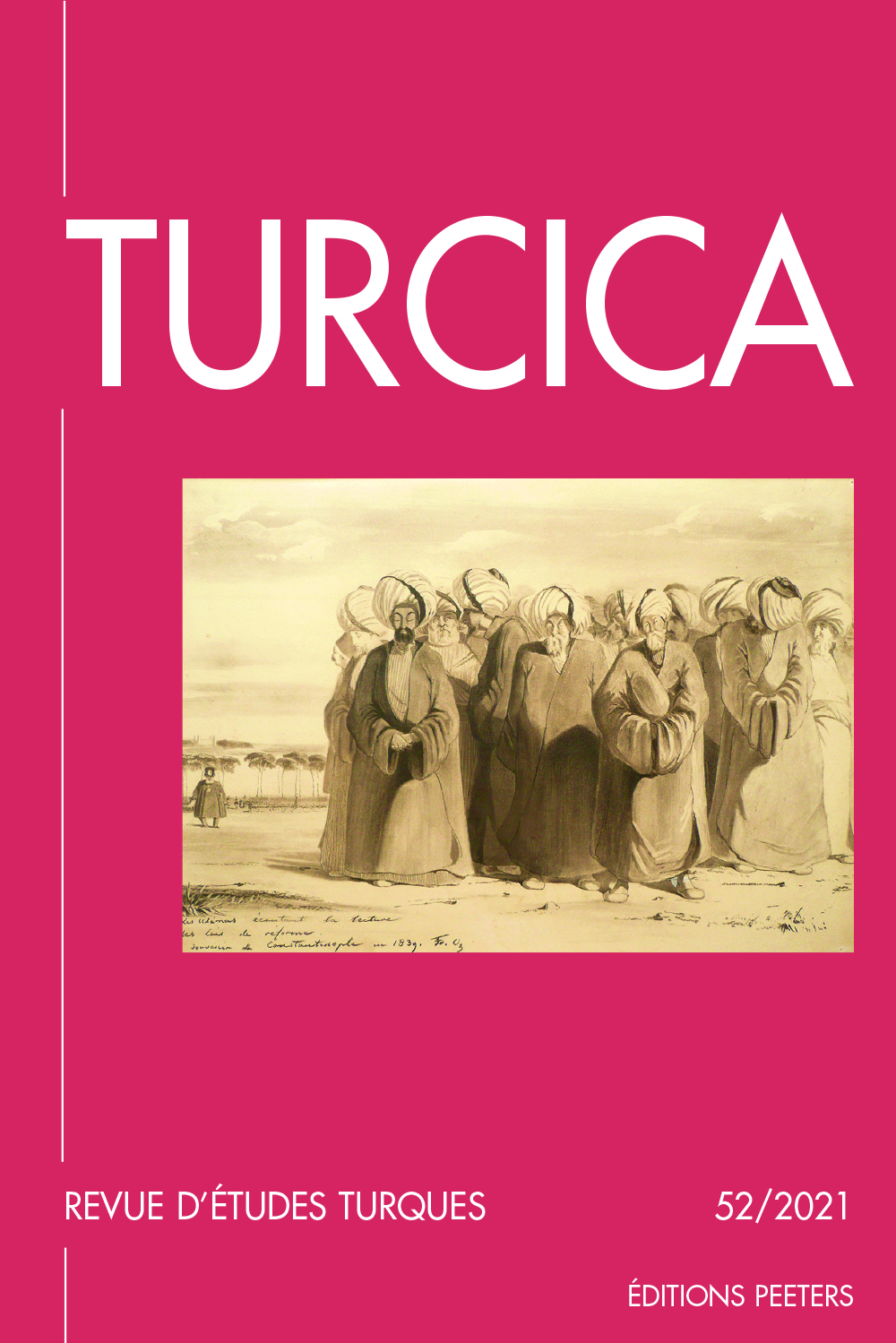 previous article in this issue previous article in this issue | next article in this issue  |

Preview first page |
Document Details : Title: Public Space and Private Space among the Jews of Istanbul in the Sixteenth and Seventeenth Centuries Author(s): ROZEN, Minna Journal: Turcica Volume: 30 Date: 1998 Pages: 331-346 DOI: 10.2143/TURC.30.0.2004306 Abstract : Minna Rozen, Public Space and Private Space among the Jews of Istanbul in the sixteenth- and seventeenth-Centuries The changing geographical history of the Jews of Istanbul from the Ottoman conquest until the end of the seventeenth century is the framework of this paper, which discusses the political, social and cultural reasons for the changes in the map of Jewish residential areas. Since few restrictions were put on where non- Muslims were allowed to live in Istanbul, the question arises as to whether there was such a thing as a Jewish neighbourhood — and, if so, in what ways was it different from any other neighbourhood in the city. The Jewish public space in various parts of Istanbul is examined against the socio-cultural background of these quarters. In the Ottoman sources the term yahudihane (Jewish house) is mentioned quite often. The question arises whether the yahudihane was actually a typical Jewish house different from other houses in Istanbul. The discussion of Jewish homes and Jewish neighbourhoods in Istanbul entails central questions regarding cross-cultural trends and influences. An examination of these questions will help clarify how and to what degree the Jews assimilated Ottoman culture and mores — an issue that has received very little attention until now. The paper is based on rabbinical sources, Ottoman archival material, Ottoman published sources, books by European travellers, and reports by European diplomats. Minna Rozen, Espace public et espace privé dans la communauté juive d’Istanbul aux XVIe-XVIIIe siècles La carte de l’habitat juif à Istanbul a beaucoup changé de la conquête ottomane à la fin du XVIIe siècle. Cet article s’interroge sur les raisons politiques, sociales, et culturelles de ces changements d’habitat au sein des quartiers résidentiels de la ville. Si à Istanbul il y avait peu de restrictions de résidence pour les non musulmans, on peut néanmoins se poser la question de l’existence de quartiers juifs et, dans l’affirmative, se demander en quoi ces quartiers pouvaient être différents des autres. L’espace public juif dans les diverses parties d’Istanbul est examiné à la lumière du contexte socio-culturel de ces quartiers. Dans les sources ottomanes, le terme yahudihane (maisonjuive) est souvent mentionné?: la yahudihaneétait-elle en fait une maison juive typique, différente des autres maisons d'Istanbul?? Le fait d’envisager l’existence de maisons et de quartiers juifs à Istanbul conduit à s’interroger sur les tendances et influences réciproques entre les cultures juives et musulmanes. L'analyse de ces questions permet de savoir dans quelle mesure les juifs ont assimilé les mœurs et la culture ottomane, ce qui a été peu étudié jusqu'à présent. L’article est fondé sur les sources rabbiniques, la littérature et les documents ottomans, les récits des voyageurs et des diplomates européens. |
 |


